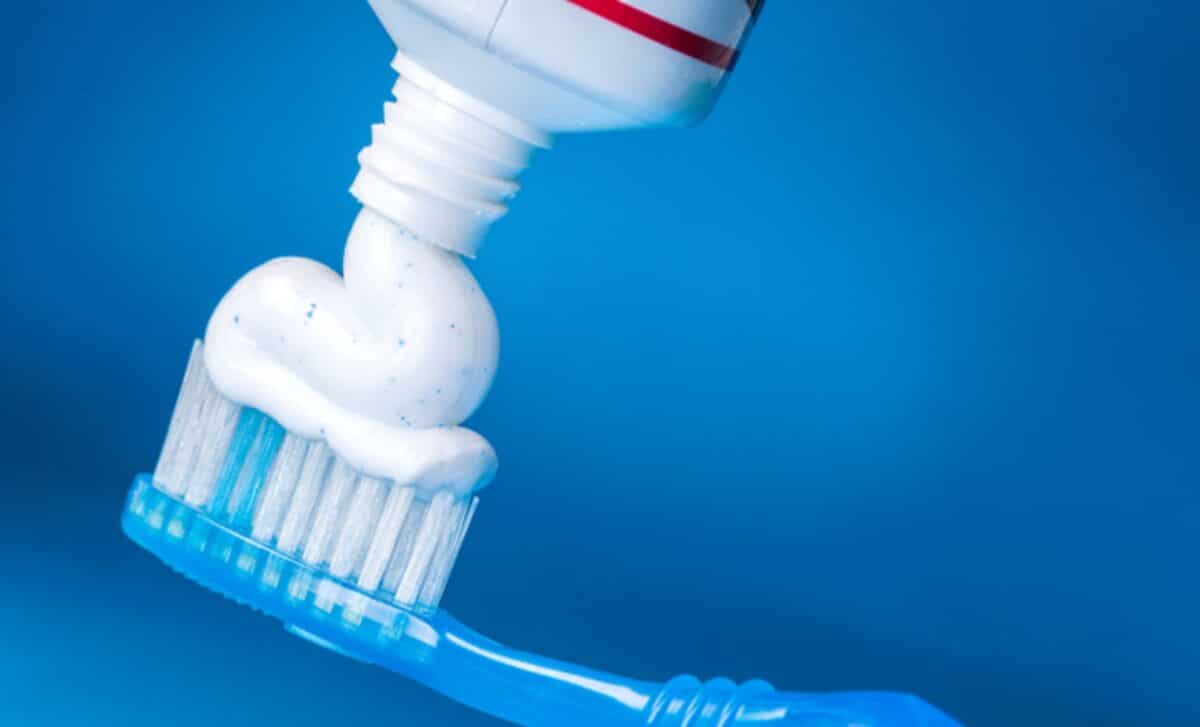A new investigation into the safety of commonly used toothpaste brands has uncovered concerning levels of heavy metals, including lead, arsenic, mercury, and cadmium.
According to research conducted by Lead Safe Mama, most of the 51 tested toothpaste brands contained these dangerous substances, raising questions about consumer safety, particularly for children.
Despite this growing concern, the findings highlight a gap in regulatory measures. The research, which included both independent laboratory testing and X-ray fluorescence (XRF) lead detection, shows that many well-known brands marketed as “green” or “natural” are not free from these toxic elements.
This discovery comes at a time when many health experts are calling for more stringent controls on personal care products that may contain harmful chemicals.
Widespread Contamination Found Across Brands
According to The Guardian, Lead Safe Mama’s study examined a range of toothpaste products, including those aimed at children. The results were startling—approximately 90% of the brands tested were found to contain lead. Alongside lead, significant levels of arsenic (65%), mercury (nearly 50%), and cadmium (around 33%) were also detected in various products.
While some of these brands claimed to be eco-friendly or natural, the levels of contamination were concerning. The study focused on products such as Crest, Sensodyne, and Tom’s of Maine, and found that the contamination was often linked to specific ingredients, such as hydroxyapatite and bentonite clay, commonly used in toothpastes.
Tamara Rubin, founder of Lead Safe Mama, stated that the high levels of lead and other metals found in these products are unacceptable. “It’s unconscionable—especially in 2025,” Rubin said.
The research also noted that although some brands exceeded Washington state’s recently introduced limits for lead contamination, they did not surpass the federal thresholds, which have been criticised by public health advocates as being insufficiently protective.
The Implications for Public Health
The findings of this study have significant implications for public health, particularly when considering the impact of lead exposure on children. Lead is known to cause cognitive impairments and developmental delays in young children.
In addition to lead, other metals such as mercury and cadmium are carcinogenic and can damage the kidneys and cardiovascular system. These substances can be particularly harmful when absorbed over prolonged periods, as is common with daily use of products such as toothpaste.
The report also draws attention to a critical gap in regulations. While the U.S. Food and Drug Administration (FDA) sets upper limits for lead in toothpaste—10,000 ppb for fluoride-free varieties and 20,000 ppb for fluoride-containing ones—these levels are far higher than the limits for lead in food, which are currently set at 10 ppb in some states.
Rubin noted that the ingredients responsible for contamination, such as hydroxyapatite and calcium carbonate, are often present in significant quantities and are not sufficiently regulated.









